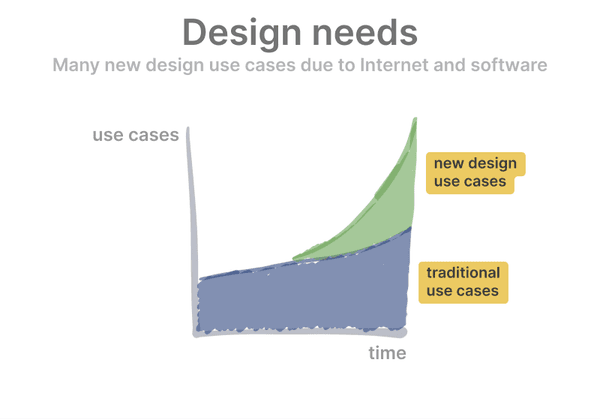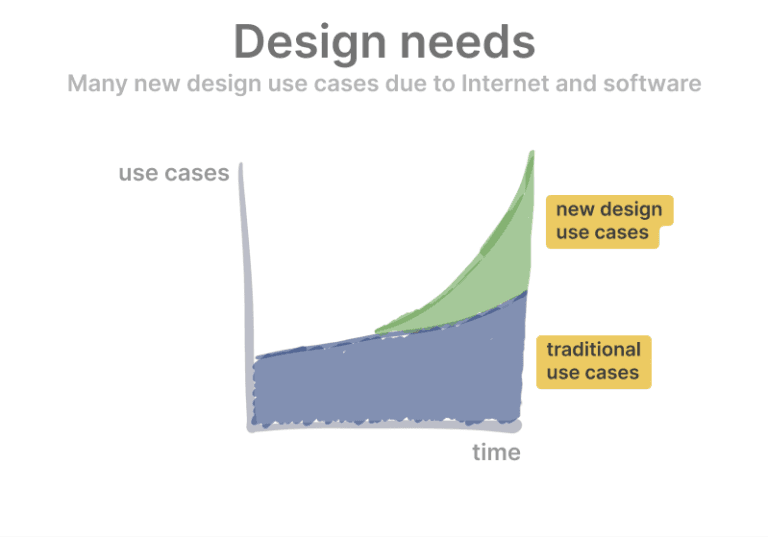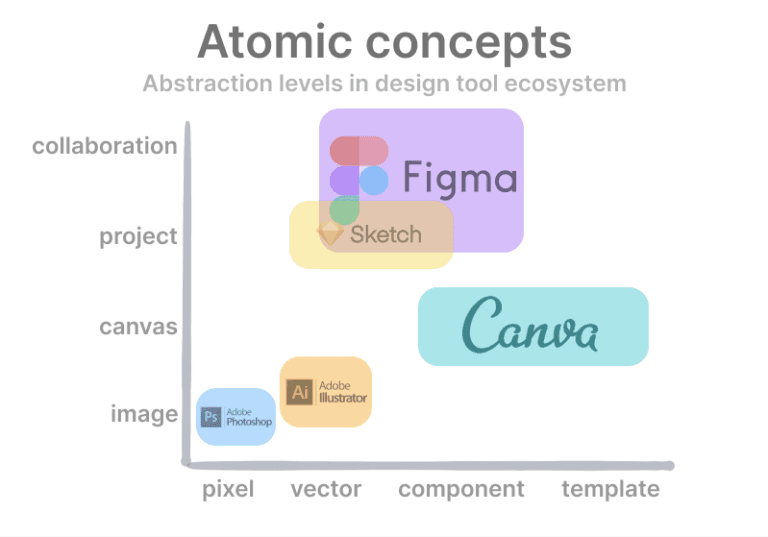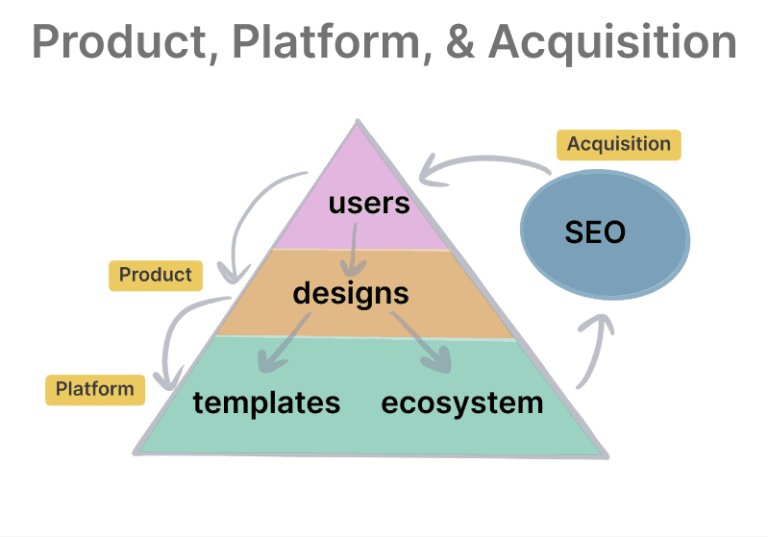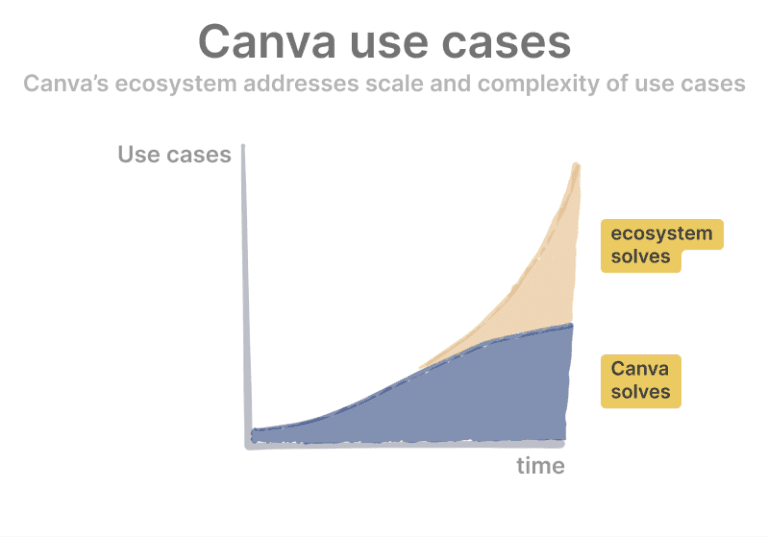How to Eat an Elephant, One Atomic Concept at a Time - kwokchain
Curated from: kwokchain.com
Ideas, facts & insights covering these topics:
9 ideas
·604 reads
1
Explore the World's Best Ideas
Join today and uncover 100+ curated journeys from 50+ topics. Unlock access to our mobile app with extensive features.
Figma and Canva are taking on Adobe
In 2010, Photoshop was commonly used for everything design from editing a photo, making a poster or designing a website. Today, Adobe still seems very strong, they have great stock performance and their transitions to SaaS has been seamless.
Yet, they are no longer the market leader in a few segments of design. Companies like Figma, Sketch, and Canva are examples of products that have become top products in the market.
20
135 reads
Why young companies are able to thrive
Companies like Figma and Canva are able to thrive against a strong incumbent like Adobe because they have a distinct atomic concept. Their products are built around a different strategy than Adobe's product lineup.
These different fundamental atomic concepts turn Adobe's advantage of an established product and existing userbase into a weakness that handicaps them to compete against these startups.
It is worth understanding the phases of market transition that drives these companies.
18
95 reads
New use cases: designing for digital
Startups can take advantage of market entropy. Changing customer needs are the biggest source of entropy in markets. When the customer needs change quickly, legacy companies are left with all the overhead and product that no longer serves the market.
There are many causes of changing customer needs.
- There are new and growing segments of customers with different use cases. However, companies may resist changing the core parts of their product.
- The scale or dynamics of a market shift enough to make a product obsolete.
- The type of user change. These new types of customers care about different things.
19
75 reads
Tapping into the right level of abstraction
The best products map to how customers think about their workflow. They choose the right atomic concepts around which the entire product is built. They align with how customers think of their workflow and crystalise how they ought to. Great atomic concepts are refined and built upon in more complex compounds.
When similar companies have slightly different atomic concepts, they become meaningfully distinct.
A company can rarely change its core atomic concepts. Startups thrive because they can find asymmetric angles on incumbents.
19
61 reads
Figma bet on collaborative product design
When Figma started, it was a direct Photoshop competitor. But, over the next two years, they shifted their focus to designers working on the UI and UX of digital products.
The key for designers was a product that enabled collaboration. Building for collaboration led Figma to rethink almost everything about the company, leading to new pricing models, distribution models, and sharing form factors.
19
55 reads
Canva bet on marketing design by non-designers
Photoshop can do many things, but it is too low level. Photoshop's atomic concepts are images and pixels.
But Canva operates at a higher abstraction level and one that users care about. Canva designs start with their purposes in mind, such as designing a pitch deck, an Instagram post, or a wedding invitation. Canva has templates and layouts for that purpose and makes it easy for users to add their own creativity, such as adding their own photos or using graphics and components made by the community.
18
53 reads
Defensibility through becoming a platform
As Canva grew, it expanded its ecosystem by creating marketplaces and communities around templates, layouts, fonts, and more. Users prefer not to build from scratch, and instead support free and paid Canva marketplaces of pre-built components.
The add-ons are very powerful. They allow Canva to address the huge scale and varied needs of all its customers, enabling each customer to use Canva in a personalised way.
18
43 reads
Extending this playbook to other spaces
Design is not unique. The same factors that drive demand for new and large use cases are arriving in most fields, especially in all forms of digital content.
The most active area undergoing this market transition now is the broader productivity space. Companies like Airtable, Notion, Coda, Roam, Retool, Webflow, and Loom have seen huge early traction, but it's tricky to describe the exact spaces within productivity and collaboration. Many companies have lots of product roadmap overlap. They still need to define the atomic concepts they're betting on before they can position themselves.
18
40 reads
Opportunity knocks
Companies with early success have yet to define what atomic concepts they focus on. Who are their competitors? Who are their customers, and which use cases should they build their workflows around?
Companies have difficulty navigating these questions because customers don't know what they really want. These companies have the opportunity to change how customers think. Strong enough products will have ecosystems around them. The best companies build the platforms to enable and direct these ecosystems to empower the customer more.
18
47 reads
IDEAS CURATED BY
Hannah Pratt's ideas are part of this journey:
Learn more about business with this collection
Conducting market research
Analyzing data to make informed decisions
Developing a product roadmap
Related collections
Similar ideas
Read & Learn
20x Faster
without
deepstash
with
deepstash
with
deepstash
Personalized microlearning
—
100+ Learning Journeys
—
Access to 200,000+ ideas
—
Access to the mobile app
—
Unlimited idea saving
—
—
Unlimited history
—
—
Unlimited listening to ideas
—
—
Downloading & offline access
—
—
Supercharge your mind with one idea per day
Enter your email and spend 1 minute every day to learn something new.
I agree to receive email updates
